Top 8 Interesting Facts About Georges Cuvier
Georges Cuvier, also known as Jean Léopold Nicolas Frédéric, was a French biologist and statesman who was born on August 23, 1769. He is well known for his ... read more...publication "Le Règne Animal," which established the notion of extinction as a scientific event in opposition to the pre-Darwinian theory of evolution by establishing comparative anatomy and the principle of faunal succession in fossils. Here are some interesting facts about Georges Cuvier.
-
The first of the most interesting facts about Georges Cuvier is that he streamlined paleontology. Georges Cuvier, known as the "Founding Father of Paleontology," produced the works that formed the foundation of modern vertebrate paleontology. The study of ancient life is known as paleontology. It covers the study of both fossilized plants and fossilized animals (paleozoology) and plants only (paleobotany). Different methods from those used in the study of bigger specimens are used in the study of tiny fossils of both groups (micropaleontology and macropaleontology). Many times, invertebrate paleontology is seen as a distinct field from vertebrate paleontology. He succeeded in extending the Linnaean taxonomy and establishing the reality of extinction.
His contributions to taxonomy include phyla-level classification of classes and nomenclatural inclusion of both fossils and others. However, Cuvier eventually proved extinction to be true in his essay on the theory of the earth, which was merely a contentious matter during his time (1813). Cuvier also rose to become one of the catastrophism movement's most prominent leaders.
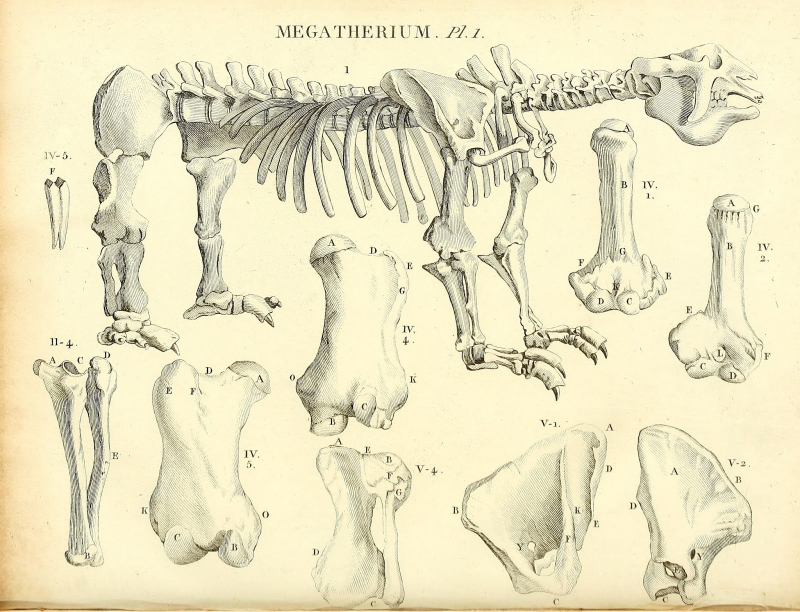
Source: biodiversity library 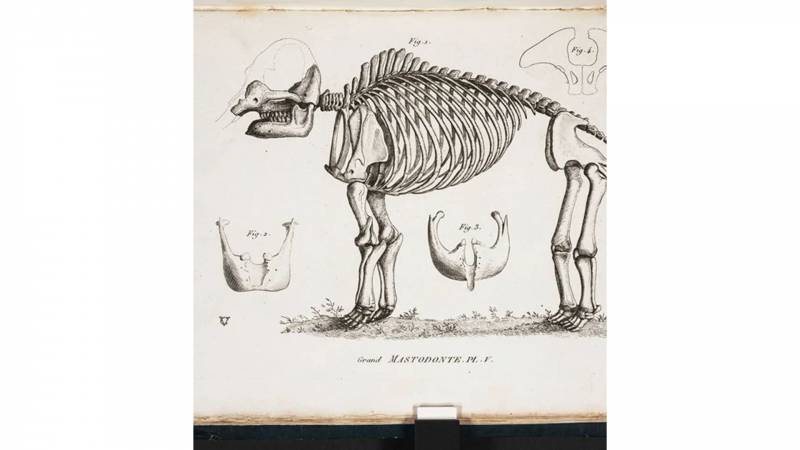
Source: Linda Hall Library -
While 10 years old, Georges Cuvier discovered the book "Historiae Animalium" by the Swiss physician Conrad Gessner. He had no idea that this would ignite his love of history and the scientific sciences. Conrad Gessner (1516–1565) compiled an exhaustive "catalog of renaissance biology" in Historia animalium, which was published in Zurich between 1551 and 1558 and again in 1587. Gessner worked as a physician and taught at the Carolinum in Zürich, which was the forerunner to the University of Zurich. The Historia animalium is the first contemporary zoological book that makes an effort to describe every animal now in existence, as well as the first bibliography of works on natural history. More than 4,500 pages are included in the five volumes of the natural history of animals.
After that, Cuvier began visiting his cousin to read several volumes of the French scientist Comte de Buffon's "Histoire Naturelle." It's interesting to note that Cuvier eagerly ate up these volumes, learning everything he could. Cuvier was knowledgeable about a variety of quadrupedal animals and bird species when he was just 12 years old, placing him on par with the best naturalists.

Source: Amazon 
Source: Goodreads -
Cuvier attended the Caroline Academy in Stuttgart for an additional four years, where he excelled in all of his classes. Despite having no prior knowledge of German upon arriving, he was able to take home the school prize for it after just nine months of study. The geologist Abraham Gottlob Werner (1750–1817), whose Neptunism and emphasis on the significance of careful, direct observation of three-dimensional, structural relationships of rock formations to geological understanding provided models for Cuvier's scientific theories and methods, was introduced to Cuvier through his German education.
A fascinating fact about Georges Cuvier is that he won a school competition in the German language only after more than nine months of intense study. As a result, he had access to the writings of the German geologist, Abraham Gottlob Werner. He graduated with little money to live on as he waited for a job at an academic office. He accepted a position as tutor for the Comte d'Héricy, a Protestant nobleman, at the Fiquainville château in Normandy in July 1788. He started comparing fossils to current forms there in the early 1790s.
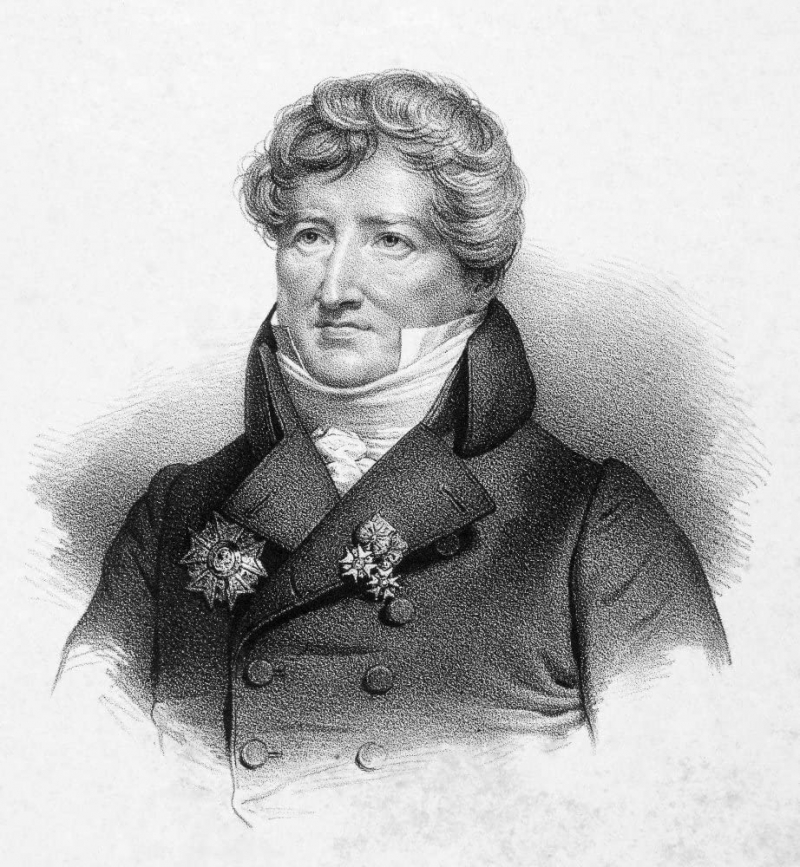
Source: Amazon 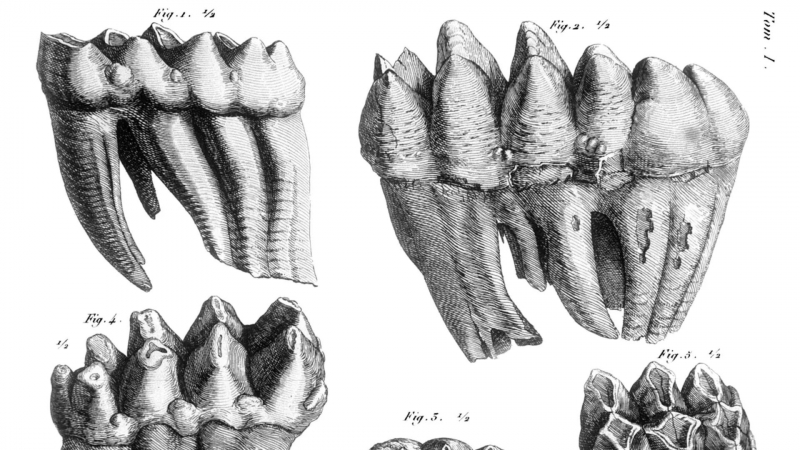
Source: The New Yorker -
One of some interesting facts about Georges Cuvier is that he opposed the theory of evolution. Jean-Baptiste de Lamarck and Geoffroy Saint-Hilaire were the first to think of evolution before the infamous Charles Darwin put forth his theory of it. Georges Cuvier, however, disagreed with their idea of evolution. Cuvier, however, was against the theory of organic development. Being an essentialist, he believed that all plants and animals remained unchanged throughout their whole lives since they were designed for their specific functions and locations in the environment. A fascinating fact about Georges Cuvier is that he said that the data offered to support such a hypothesis was insufficient because it could only demonstrate cyclical creation and global extinction.
A contentious scientific dispute over whether morphology or function was responsible for the makeup of animal structure was initiated by the difference between these two proponents. Georges Cuvier favored the former, that animal structure is solely dependent on function, whereas Jean-Baptiste de Lamarck felt that it was the latter—evolutionary morphology.
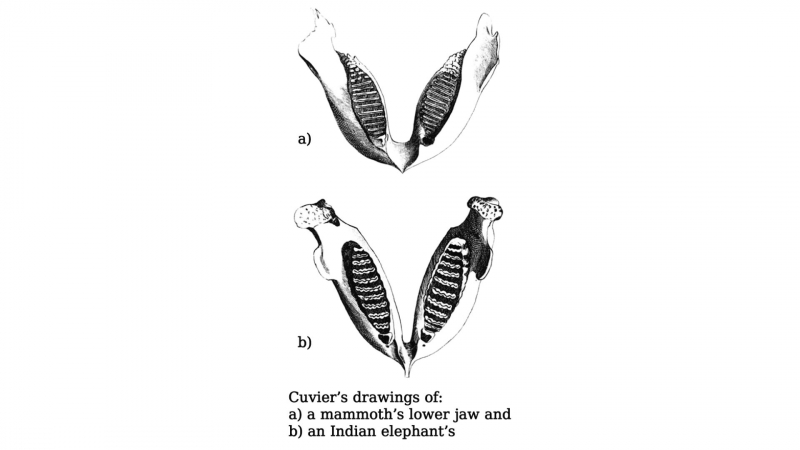
Source: Wikipedia 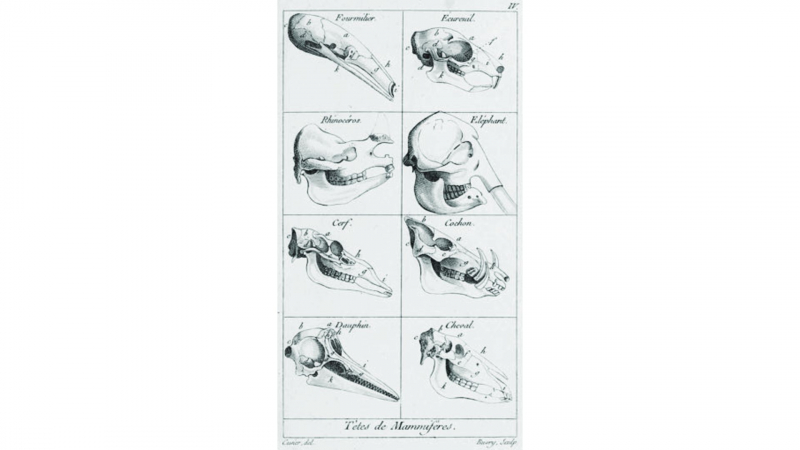
Source: Research Gate -
Cuvier's advocacy of catastrophism is also one of the most interesting facts about Georges Cuvier. Georges Cuvier, a French anatomist and paleontologist, was the foremost proponent of catastrophe theory in the early nineteenth century. His goal was to provide an explanation for the extinction and faunal succession patterns that he and other researchers had noticed in the fossil record.
Only a small number of natural scientists at the time, such as Georges Cuvier, thought that extinction was not a result of artificial causes. Instead, he put forth the thesis of catastrophism, which contends that the Earth's geological characteristics may be accounted for by the catastrophic catastrophes that have occurred throughout the course of existence.
According to Cuvier's theory of catastrophism, the Earth experienced several disasters. These led to both the extinction of numerous animal species and the emergence of various faunas. Among Cuvier's favorite subjects, catastrophe emerged. In reality, several of his works—most notably the Researches on Quadruped Fossil Bones—examined his ideas on catastrophism and extinction (1812).
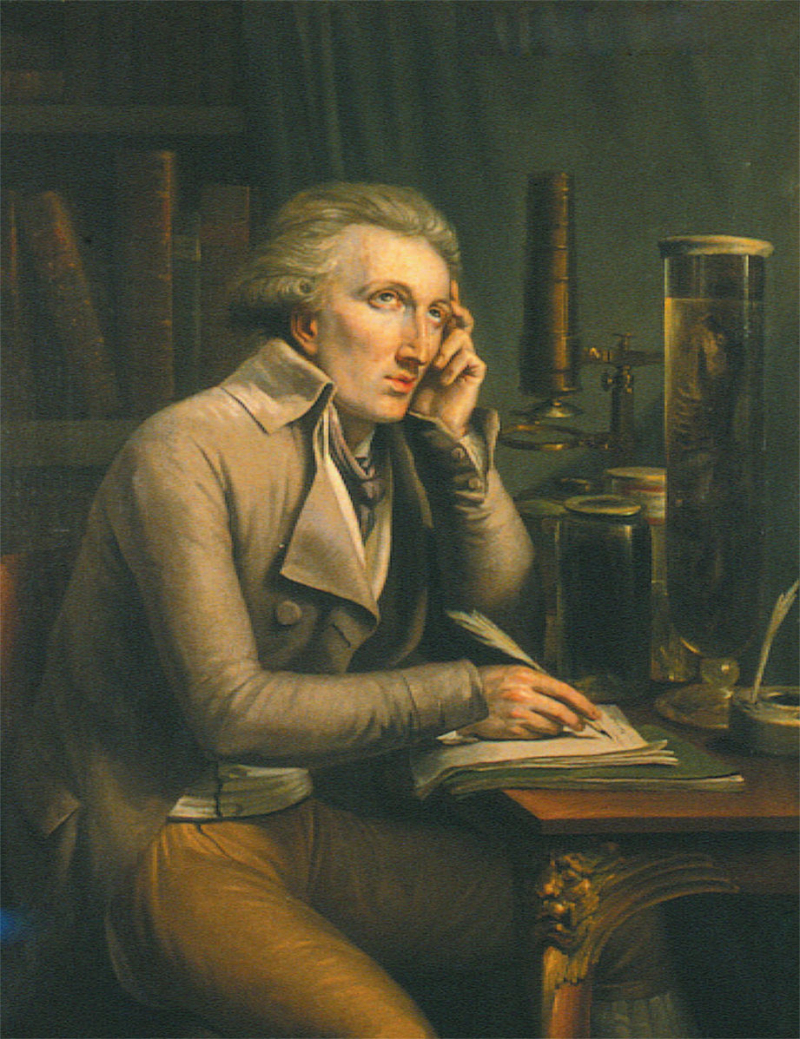
Source: publish.illinois 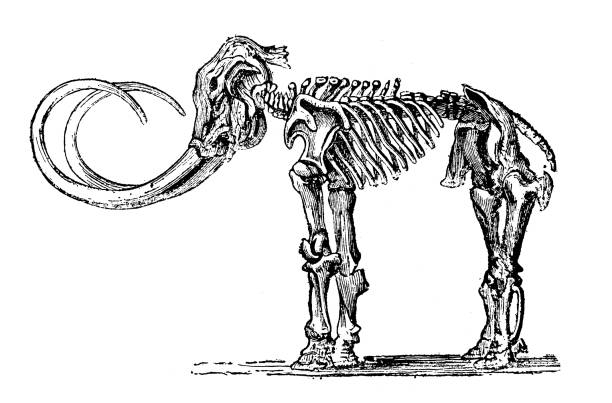
Source: iStock -
Georges Cuvier changed a lot over his lifetime. He held a number of posts in the administration, including those of state councilman and inspector general of education. Cuvier served as an imperial councilor under Napoleon's rule. First, Cuvier had a significant role in the development of the orthodox understanding of anatomy. Cuvier held various important roles in the French academic community. Cuvier acquired French citizenship that year as his hometown joined France. Before moving to Paris in 1795, he worked as Becaux-Cauchois' secretary. He was hired as the comparative anatomy professor's assistant at the Jardin des Plantes (later the National Museum of Natural History), where he started his first comparative anatomy series of lectures in December.
An interesting fact about Georges Cuvier is that among other ranks and posts, he was chosen president of the Council of Public Instruction, grand officer of the Legion of Honor, minister of the interior, and head of the Council of State under Louis Philippe. Cuvier was successful in the aforementioned roles while focusing mostly on natural sciences. However, his administration-related accomplishments continue to pale in comparison to his leadership in the natural sciences.
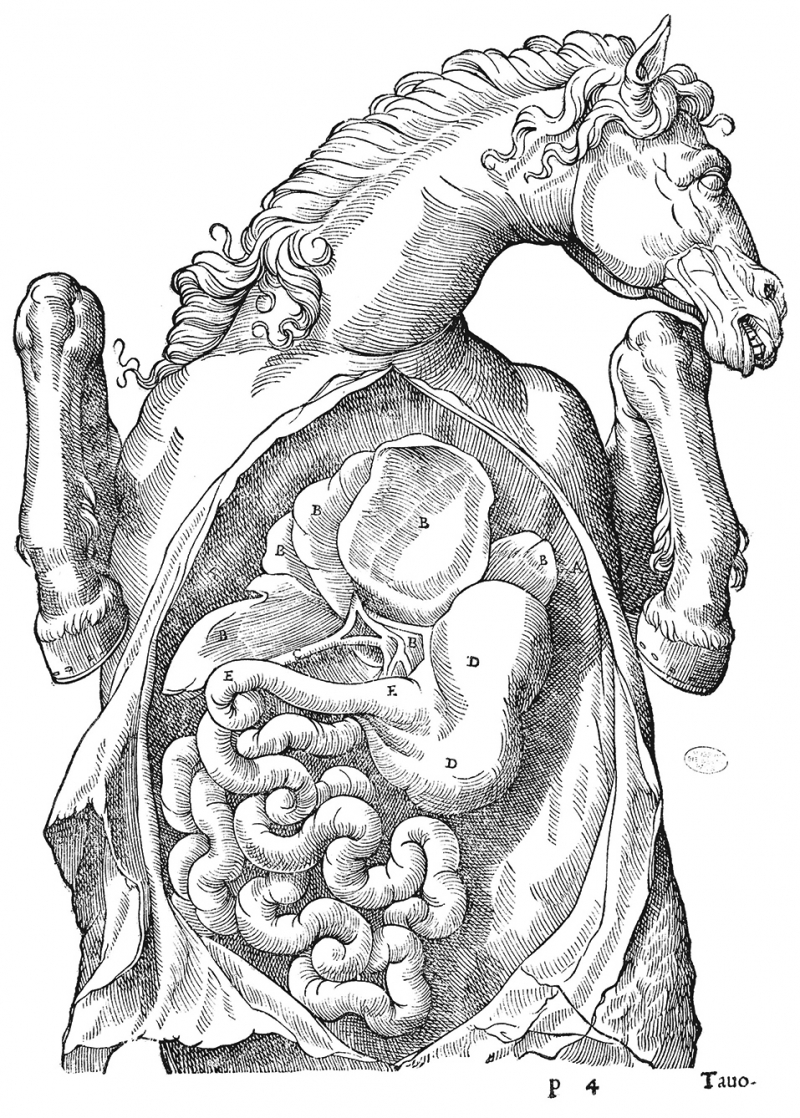
Source: OpenEdition Books 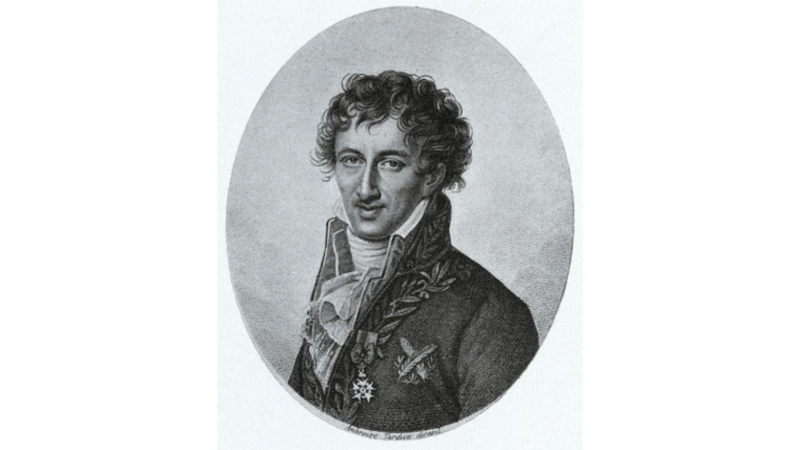
Source: SSPL Printer -
One of the interesting facts about Georges Cuvier is that he was commemorated through the naming of creatures. Georges Cuvier was honored by having creatures, reptiles, and islands named after him in recognition of his significant contributions to taxonomy and paleontology. These creatures include, among many others, the Galeocerdo cuvier tiger shark, the Cuvier's beaked whale, and the Cuvier's gazelle. The Puerto Rican lizards Anolis cuvieri, Bachia cuvieri, and Oplurus cuvieri are among the reptiles. In addition, Cuvier Island was a New Zealand island.
Cuvier also proved that a massive skeleton discovered in modern-day Argentina belonged to Megatherium, a giant, prehistoric ground sloth, and that elephant-like bones discovered in North America belonged to an extinct mammal he would later refer to as a mastodon. He was one of the first to propose that reptiles, rather than mammals, had predominated in the world in prehistoric times. He gave the pterosaur the name Pterodactylus, described the water reptile Mosasaurus (but did not find or give it a name), and called the pterosaur.
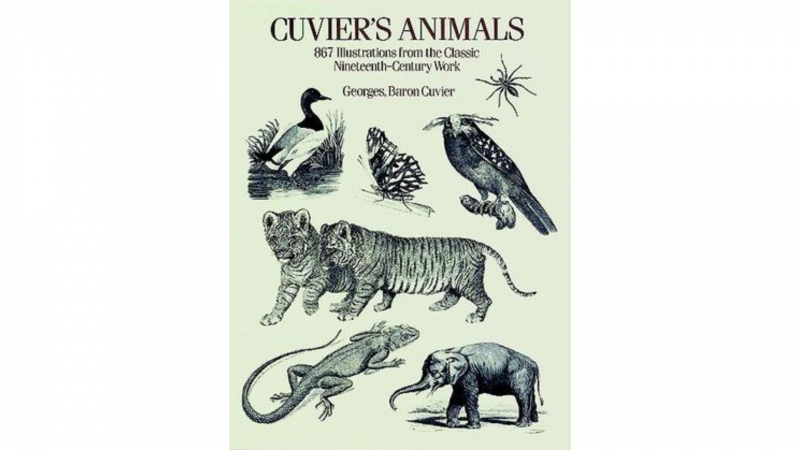
Source: Goodreads 
Source: Goodreads -
Cuvier was an extremely busy researcher during his lifetime. Cuvier's research has an impact on scientific racism in addition to the aforementioned research efforts. From 1800 until his death, Cuvier was very active both as a research scientist and as a scientific educationalist and administrator. The eighth and most intriguing fact about Cuvier is also this one. Georges Cuvier, a devout Protestant, believed that Adam, the first man in the Bible, was the ancestor of all mankind. Following that, three distinct races emerged: the Caucasian, Mongolian, and Ethiopian. Cuvier thought that the other races were only survivors of the calamity that struck the Earth 5000 years ago, whereas Adam and Eve were Caucasians.
His religious beliefs did have a significant impact on his scientific outlook. Cuvier classified the races according to his opinion on the attractiveness and ugliness of their skeletal systems. A fascinating fact about Georges Cuvier is that he would label someone as Caucasian if he thought well of them.
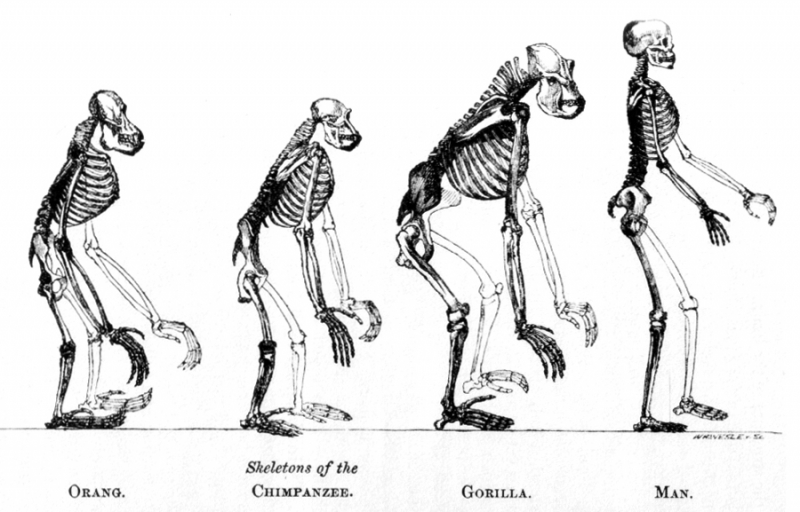
Source: publish.illinois 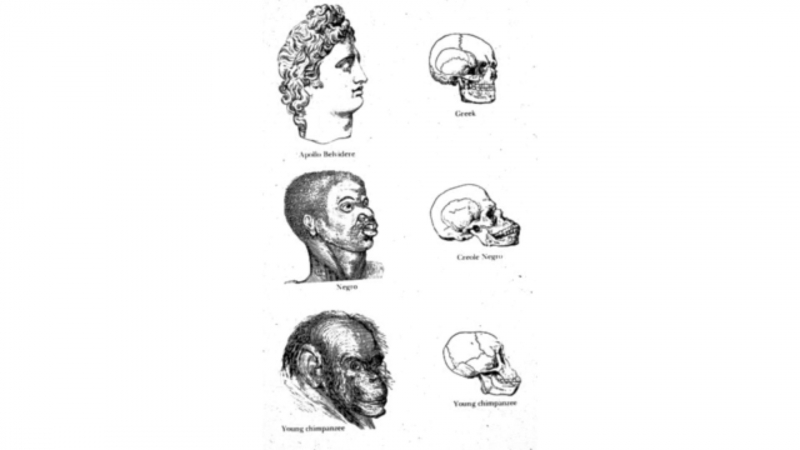
Source: Wikipedia





























